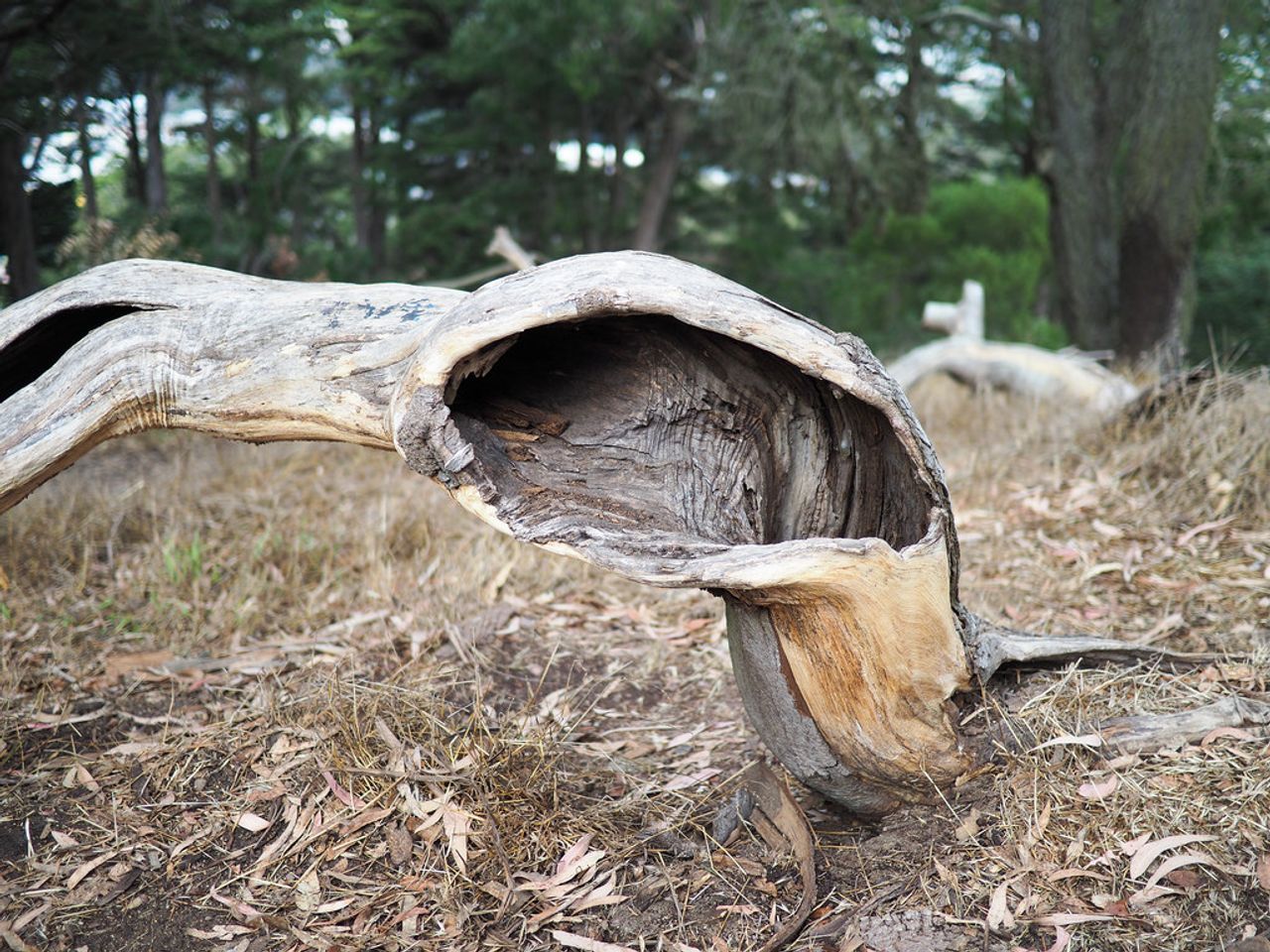Carrying a camera

Every time that a new phone gets released, there’s a wave of buzz about the stunning photographs it produces. DXOMark created a rubric for photo quality, and phones keep improving. Today the iPhone X was released, and there’s yet more buzz around ‘shot on iPhone’ and articles about how it might be better than ‘real cameras’.
This is technically true, but it misses the point.
This morning I went on a quick hike to clear my mind (it didn’t work). But I brought my camera - my Olympus Pen F, with a pancake lens. Relative to the SLRs I used to carry, it’s lightweight and lovely. But it’s many times heavier and clunkier than a phone. As a result, I don’t carry it around all the time.
Which is supposed to be one of the golden rules of good photographers. Both Ken Rockwell and Casey Neistat agree: the best camera is the one you have on you. Don’t stash your camera in your backpack - hold it in your hands, and keep it with you.
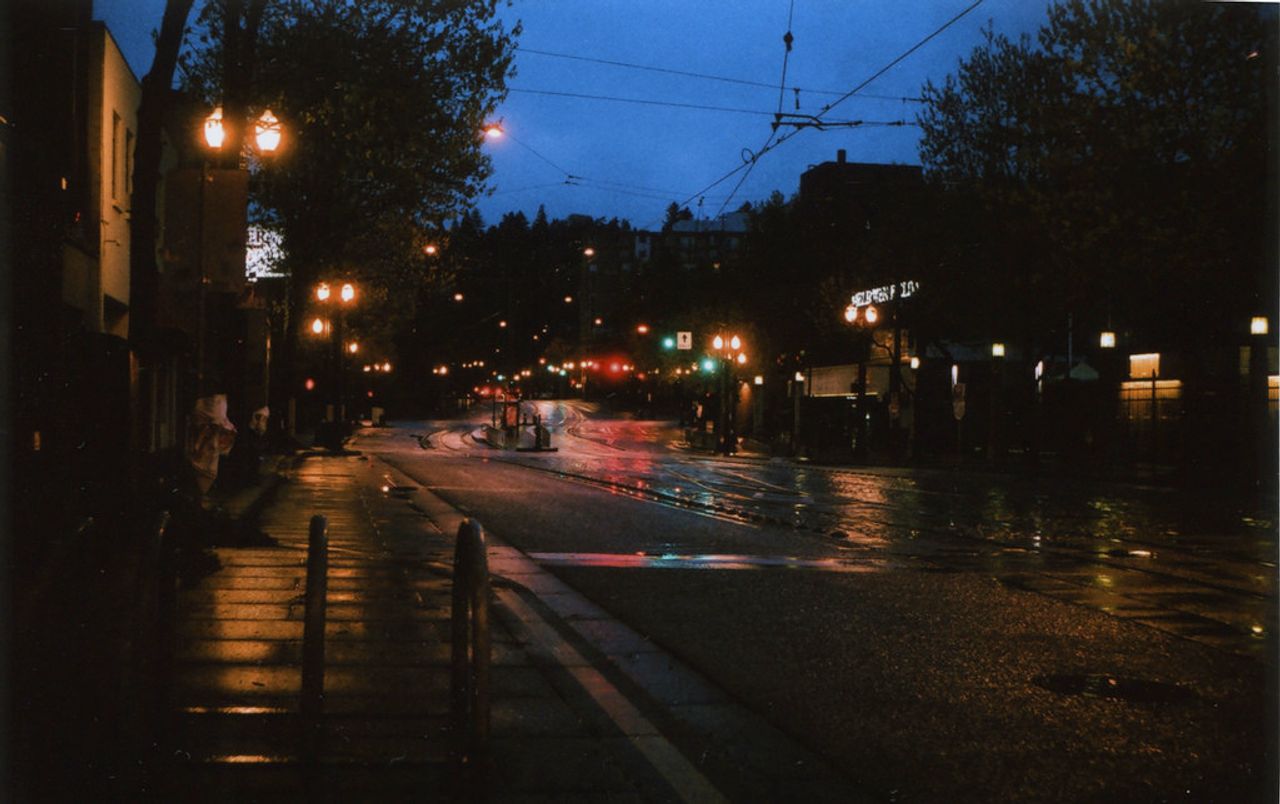
But is that all? Is the best camera the lightest thing with the highest number of megapixels?
This morning I saw some birds - Western Bluebirds, I think - and also wood. I think about wood a lot, because I care for a few trees. I have an apple tree that I grew from the seed of an apple I ate, and it’s just starting to get a thick, woody trunk. Another tree, a Ficus Microcarpa, I trunk chopped today. I took a bunch of photos of wood - of holes in wood, of places where the heartwood had rotted out or been excavated by insects.
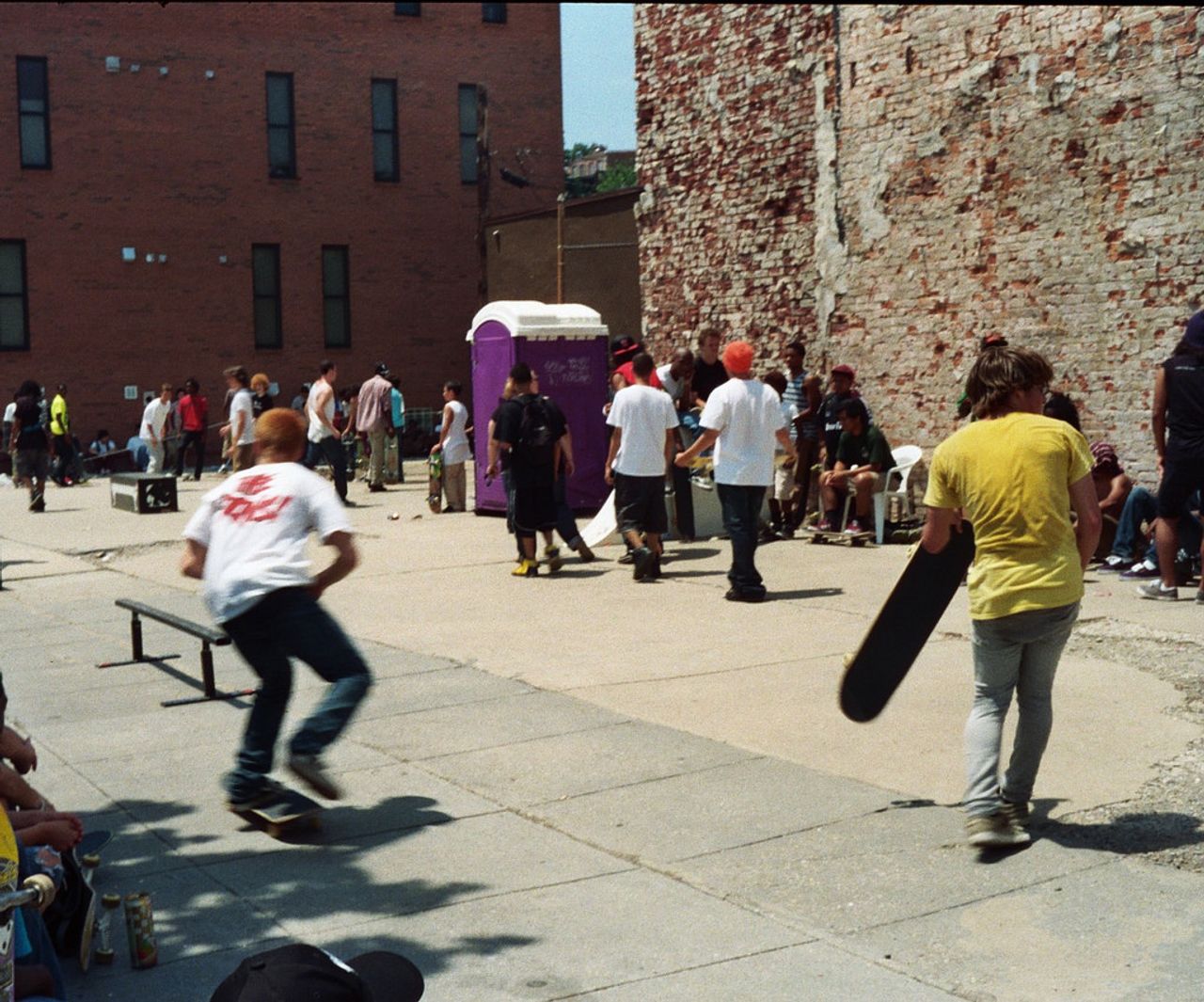
The way that I think about photos is probably moving farther away from the norm over time. Products like the Google Photo Clip are driving home a relentlessly objective idea about what photography is. Photos are well-exposed, clear, sharp images of your friends, children, and dogs. The machine learning algorithm will make sure of this. It may also enjoy sunsets.
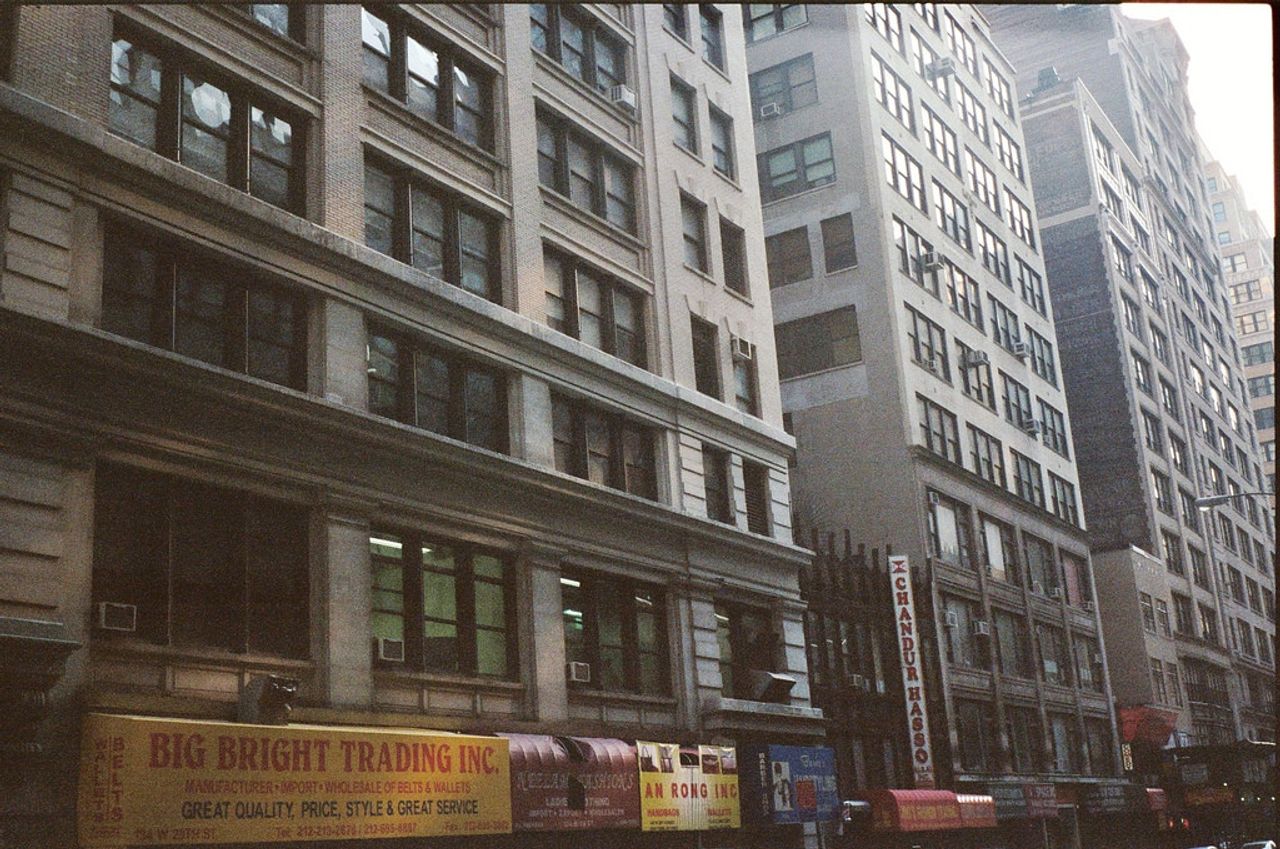
Photos to me aren’t about beautiful objects or familiar things: they’re about beautiful arrangements of colors, feelings, symbols - they’re about how things end up once they’re projected on to a flat piece of paper or a screen. Photos are about capturing what you see. There are millions of mediocre photos of the Statue of Liberty or of people looking at the Mona Lisa, but an ordinary day through Stephen Shore’s eyes is truly remarkable.
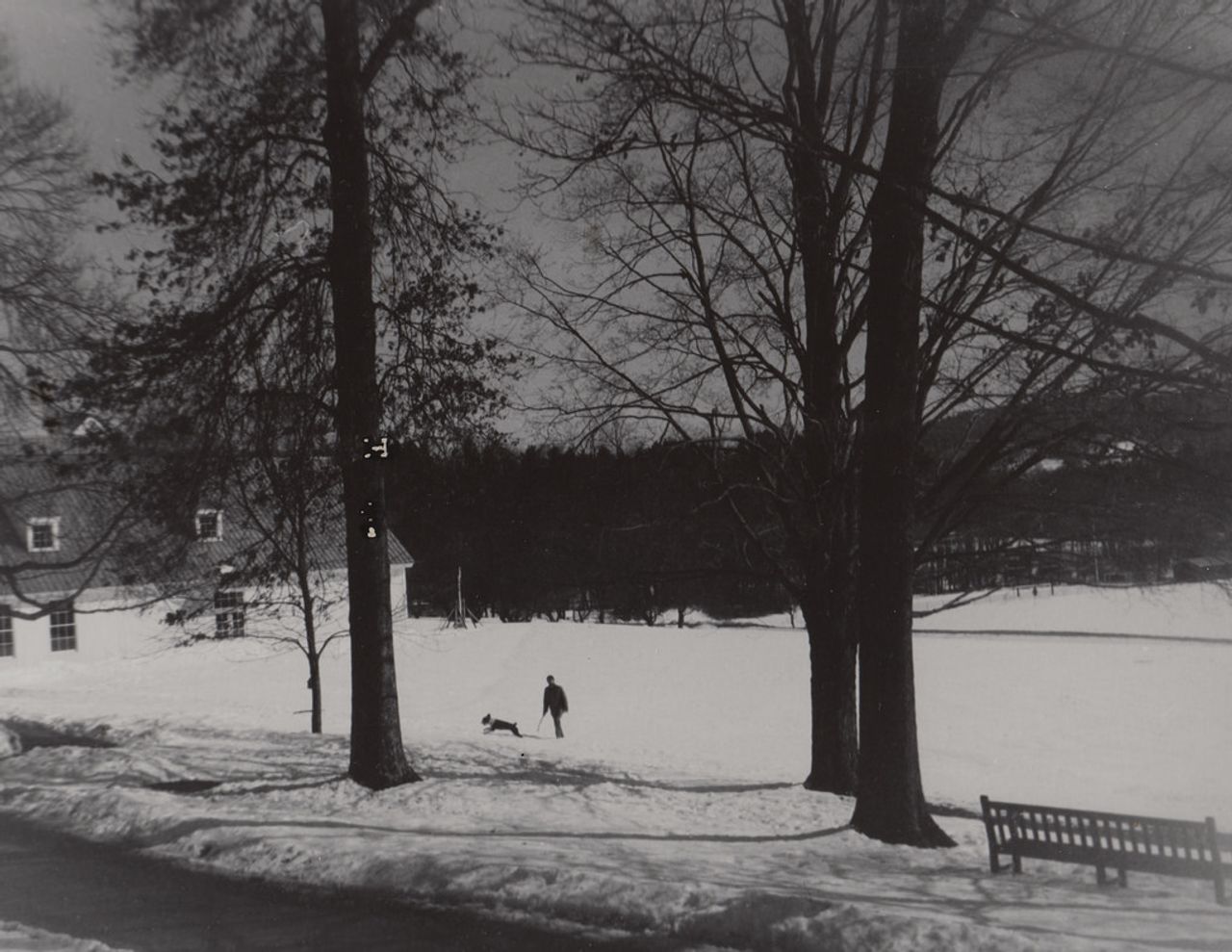
The thing is, when you’re looking for photographs, you’re looking for beauty: you aren’t just hiking, you’re trying to find things that fit your idea of beautiful. And what you look for is what you tend to find.

With my iPhone 8, I could take a photo of anything at any time. I could also pull it out and browse the news, or Twitter, or receive a heartbreaking or heartwarming text message. It’s a device that’s filled with so much that it’s filled with nothing - a fact that’s only underscored by the design trends in smartphones. New phones are going ‘bezel-less’ and the concept art for future generations are simply unadorned glass rectangles. More than anything, this kind of technology is becoming inert in both design and emotion.
In contrast, a camera like the Pen F - or my Olympus XA2 - is richly suggestive of its purpose, and specific. Picking it up, with its knurled aperture controls and cold metal frame, puts you in the mode of seeing.
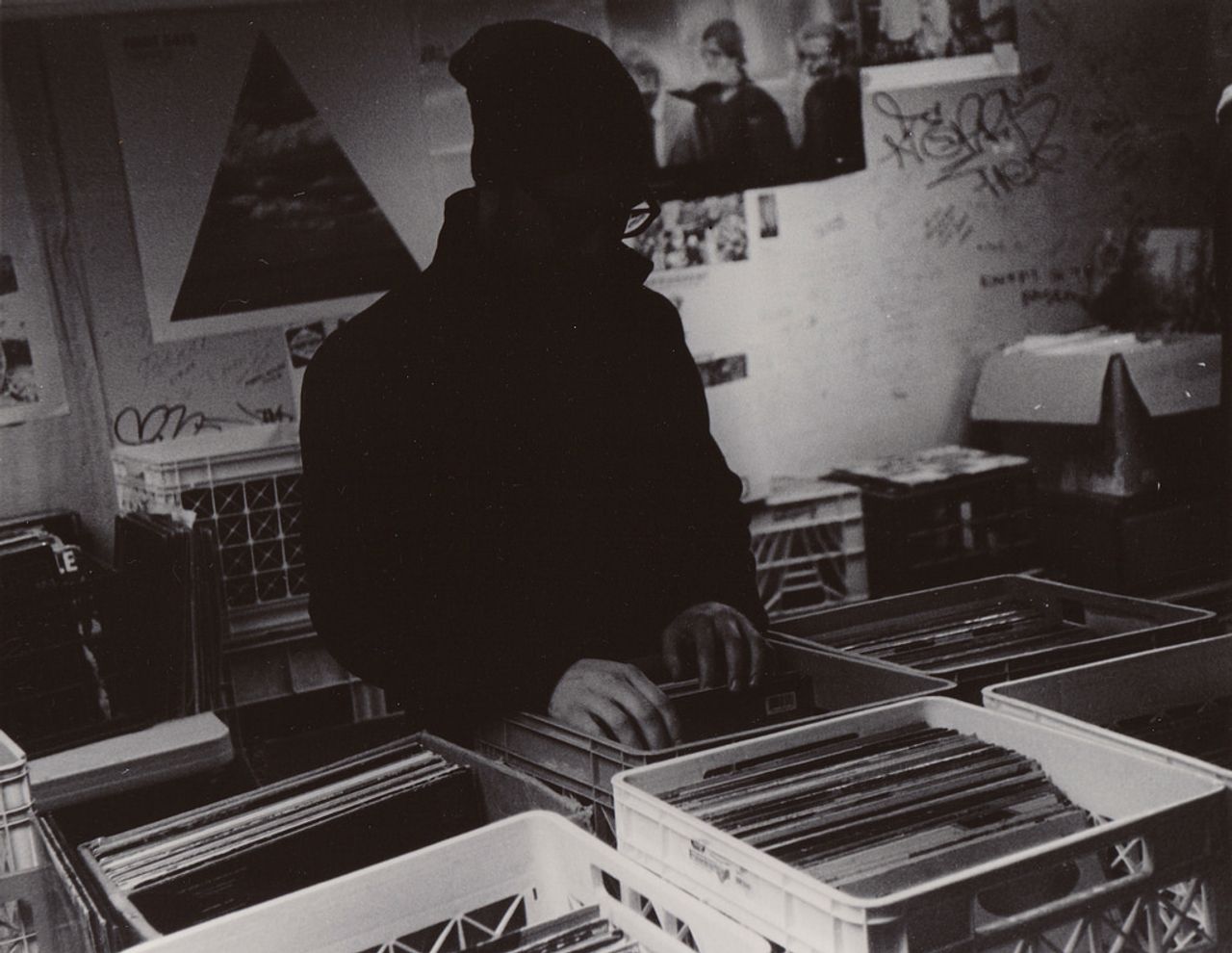
Having my phone in my pocket doesn’t trigger anything but distraction. It can do everything, and so I feel nothing in particular about it. A physical camera takes photos, but it also makes me think about seeing. And I like that.
